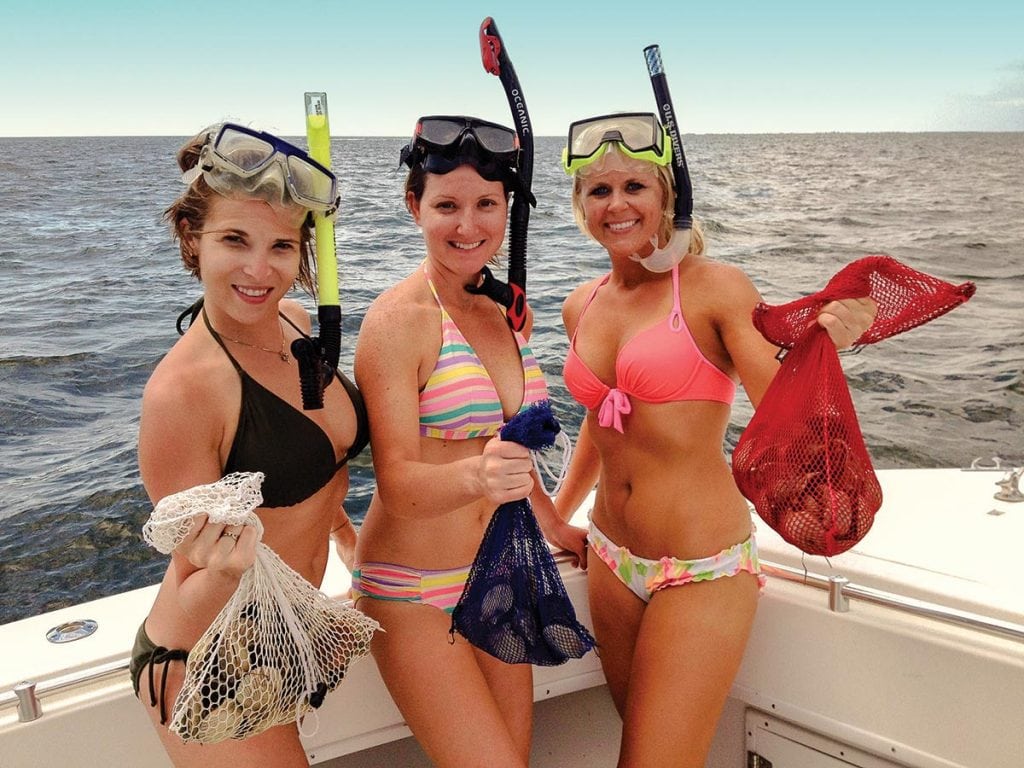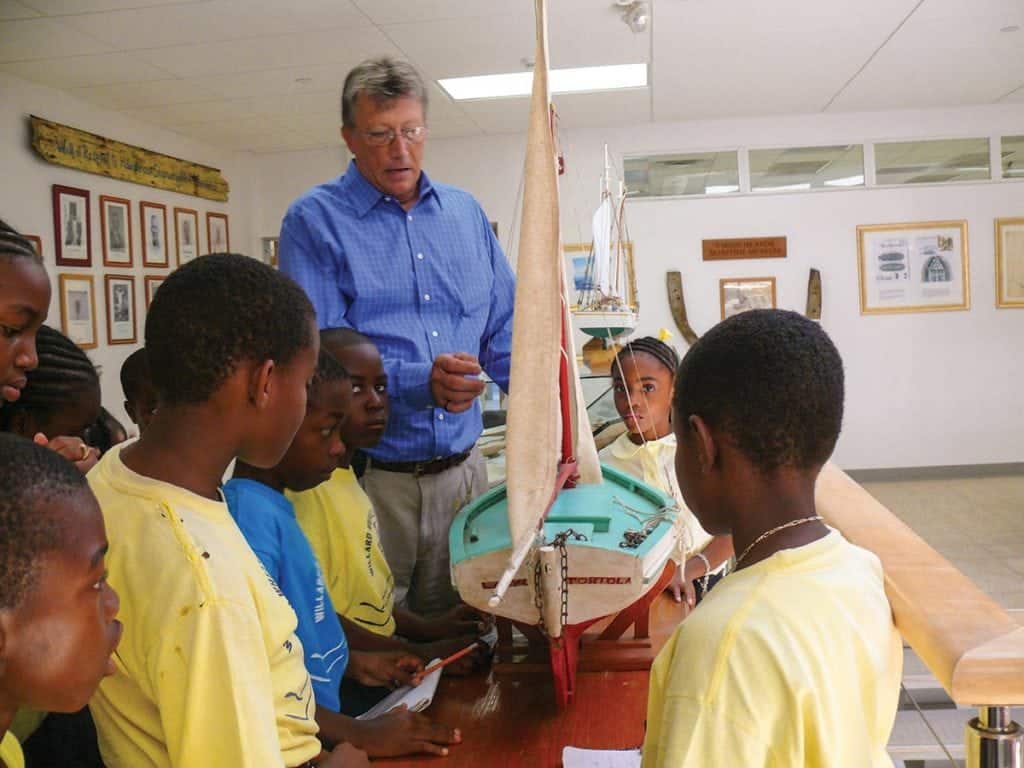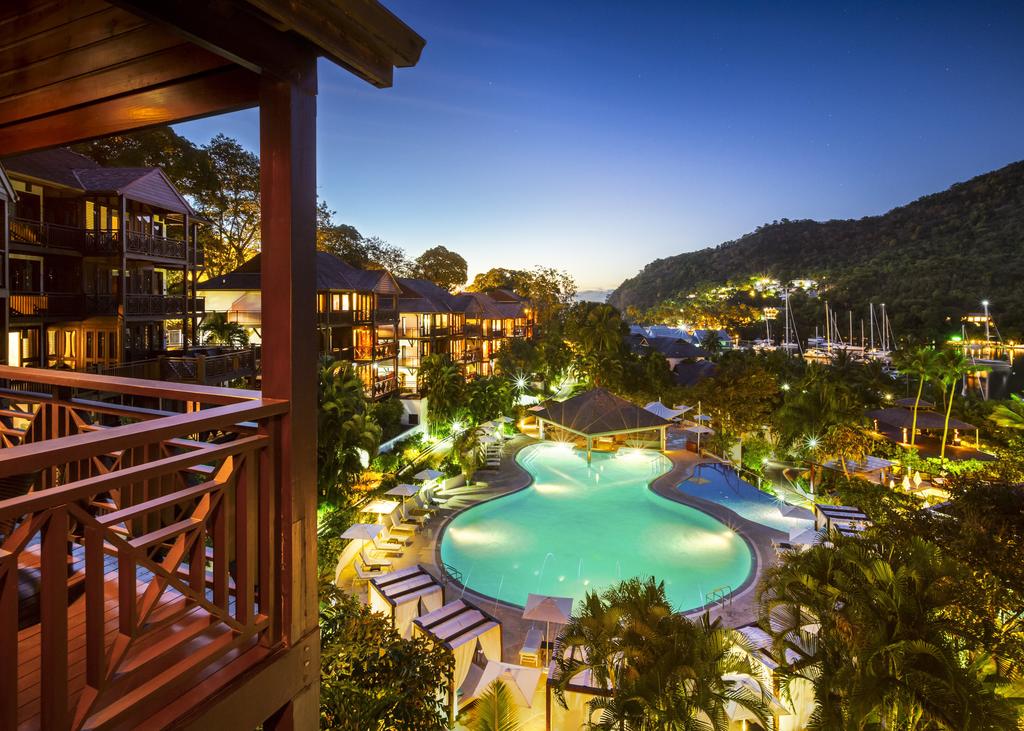July brings with it a unique tradition for recreational boat owners on Florida’s Big Bend on the Gulf Coast—bay scallop season. A run of sandy barrier islands and a marshy estuarine system contribute to an ideal salinity and ecosystem for the tasty mollusks, an environment unique to the Gulf Coast. Highly susceptible to even minute environmental changes, the harvesting of bay scallops is strictly controlled and no commercial activities are allowed. The one exception is for recreational boat owners and individuals who wade from shore with dip nets, a pastime that has led to an almost cultural institution on this stretch of Florida’s coastline.
Midsummer brings out the snorkels, flippers and mesh bags as Floridians and tourists peruse the sandy seagrass beds just offshore of Florida’s Forgotten Coast between Port St. Joe and Tarpon Springs. “Diver down” flags pop up above tried and true secret scalloping spots, and with scallops preferring depths of only 4-6 feet of water, it is a family-friendly experience. Port St. Joe also holds an annual Scallop Festival every August in this very authentic old-style Florida town.
Bay scallops once had an extensive habitat throughout the state from Pensacola to West Palm Beach on the Atlantic Coast, but it is increasingly shrinking due to development pressures. Today, isolated populations—still numerous enough to allow scalloping—can be found in the waters around Port St. Joe, Crystal River, Steinhatchee, and Homosassa on the Gulf Coast. Florida saltwater fishing licenses are required and scalloping charters can be found in many of the marinas. The 2014 season runs from June 28th to September 10th, and the per-person limit is two gallons of in-the-shell scallops per person on board, but no more than 10 gallons on board any vessel. It is best to clean scallops almost immediately after harvesting, for the bag limits are one pint of meat per person and no more than ½ gallon per vessel.
After long afternoons swimming in the cooling Gulf waters, families and friends get together for scallop feasts on the beaches or back porches, with most dishes lightly breaded, seasoned and flash-fried. Similar to an oyster in that it is a mollusk, bay scallops are more muscular because of their ability to actually swim. They have lean, firm meat but a very delicate flavor and as such, cooking methods should be light and gentle. More inventive dishes have been making the rounds in the past decades with scallops served in ceviche or lightly broiled and served in beautiful salads and even sliders. Many coastal restaurants will even prepare your fresh catch and simply charge a “corkage” fee for preparing your feast.
Scalloping is one of those unique institutions that hearkens back to a Florida of a bygone era. It is an ideal method to launch your boat and get your kids and friends out on the water—not that you ever need an excuse—and make them earn their dinner.
By Troy Gilbert, Southern Boating July 2014















